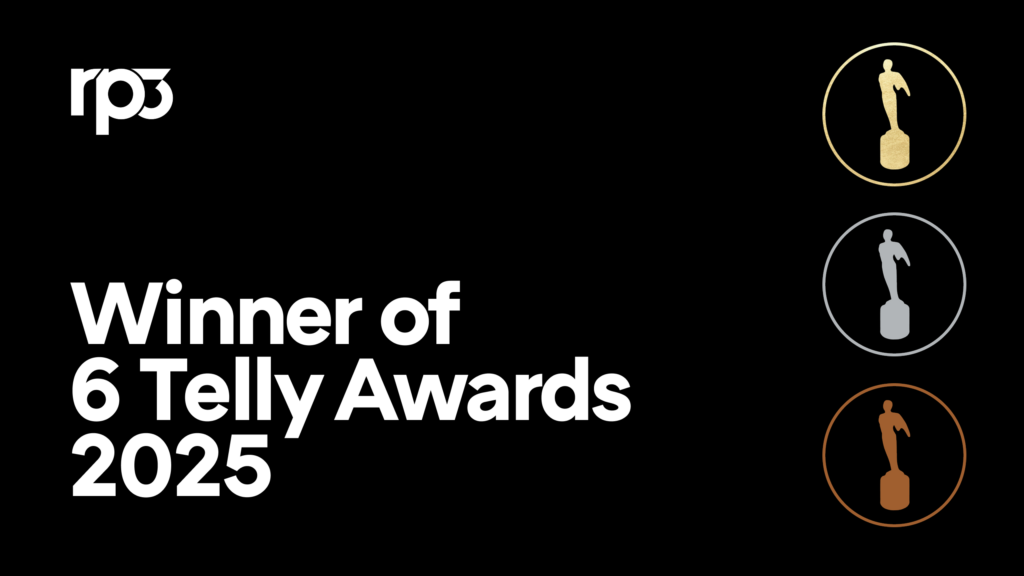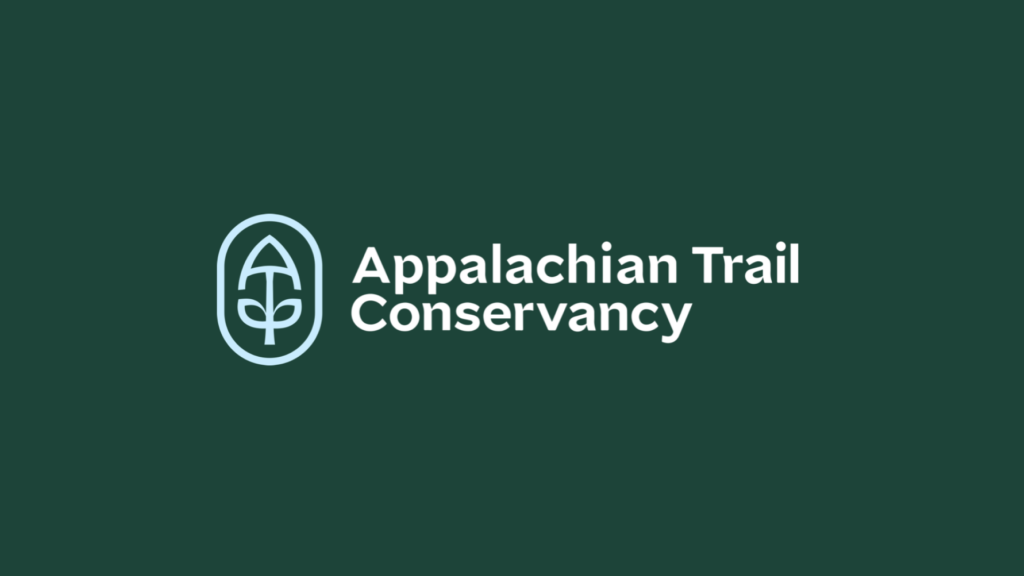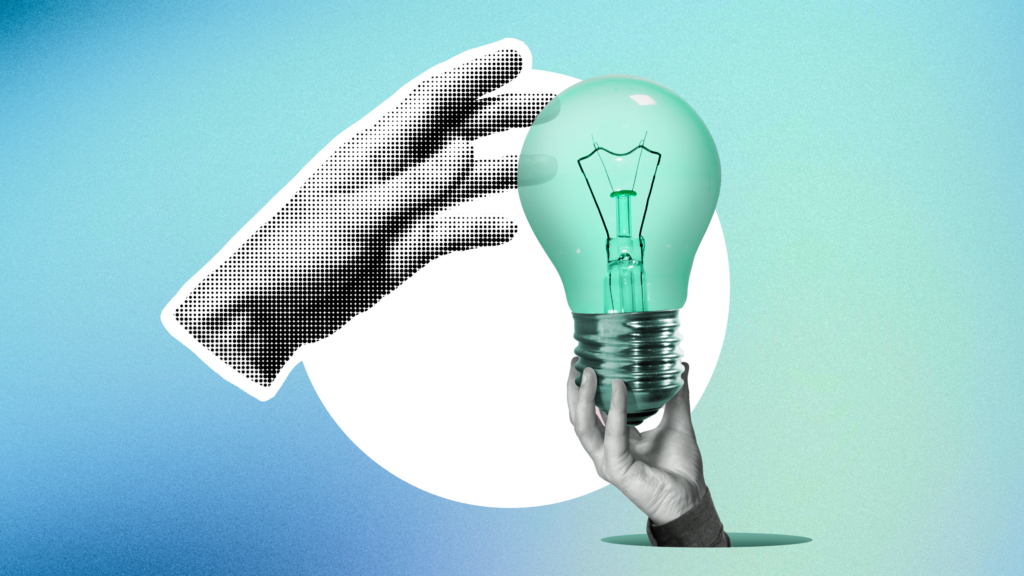
With All The Uncertainty, One Strategy Is Clear — Think Local: Fuel for Thought #8
Former U.S. Speaker of the House and legendary politician Tip O’Neill was fond of saying, “all politics is local.” He often said it to junior members in his caucus, advising them to always communicate to their constituents how their efforts would help them in their daily lives.
As U.S. consumers continue to deal with the health and economic hardships brought on by the COVID-19 virus, brands would do well to heed Mr. O’Neill’s advice.
A survey from Mimic News showed that 70% of consumers are supporting local businesses by shopping online only, or a mix of online and in-store.
The same survey showed that more than half of those surveyed say they shop locally to keep their money close to home, and 38% support local businesses to feel connected with their community. Additionally, one in three surveyed said they wanted to support local creators.
Perhaps the biggest takeaway from the survey is that nearly three in four consumers will “make a greater effort” to support small, local businesses this year. This will provide local businesses with an opportunity to re-engage former customers and attract new ones.
The long-term effects of COVID restrictions on consumer behaviors are still being determined, but definite patterns are developing that will have consequences to national, regional, and local brands throughout 2021 and beyond.
The good news is that despite concerns from health officials for 2021, consumers are raring to go. According to Constant Contact, 52% of consumers say they will feel comfortable returning to physical businesses regularly within the next six months. Interestingly, four in 10 say local restaurants, markets, and grocery stores will be the first businesses they will return to when ready.
In short, brands that highlight how they are entrenched within their communities and demonstrate how we really are ‘all in this together’ will help drive consumer loyalty. And this is likely to go on beyond the pandemic. According to ZypMedia, 68% of consumers will continue to make purchases at local businesses post-pandemic.
Not surprisingly, one clear pattern emerging is that consumers are becoming more comfortable with online shopping than ever before. According to McKinsey and Company, nearly three-quarters of consumers prefer online purchasing and remote customer service to in-person shopping, and that trend is unlikely to change anytime soon.
This has greatly benefited mega-retailers such as Amazon (which saw a 39% increase in year-over-year sales in 2020), but consumers are looking for ways to connect with companies on a local level and support those brands that are seen as benefiting their communities.
While providing outstanding products and services at a competitive price will always be important, consumers in 2021 are also looking for their brands to serve as cultural touchstones for shared experiences that can bring their community together.
One great example is the success of Shop Made in DC, a retail outlet with locations throughout Washington, DC that sells products such as apparel, art, furniture, jewelry, home decor and stationery from local artists and manufacturers.
To date, Shop Made in DC supports over 200 local makers and over 5,000 products made in DC.
Another example of a DC regional brand utilizing its deep connections with the local populace to help build a sense of community is Giant Food.*
Just this month, Giant announced a $2 million donation of toilet tissue and hand sanitizer to 11 local, nonprofit organizations, including local food banks, USO-Metro, Salvation Army, Johns Hopkins Hospital and the United Way.
Giant also raised $550,000 to help battle local food insecurity and support local food banks this past holiday season through its "Lend a Hand for Hunger" campaign, allowing its customers to get involved in helping their neighbors by rounding up change to the nearest dollar at checkout.
By being a true partner to the communities they serve, Giant Food has grown its customer base and is thriving in a highly competitive region for supermarkets.
No one has a crystal ball that can tell us when we will get back to “normal,” or even what that “normal” will look like whenever it does occur. But for now, brands should reflect on Tip O’Neill’s sage advice and start thinking local.
To learn more about issues affecting national and local brands, we encourage you to check out RP3’s new podcast, launching this spring. “Hello, CMO” will explore the latest trends in advertising, marketing and strategic communications with leading CMOs and communication experts from a wide array of industries.
(* Giant Food is a client of RP3)
Let's make some good.
Drop us a line


